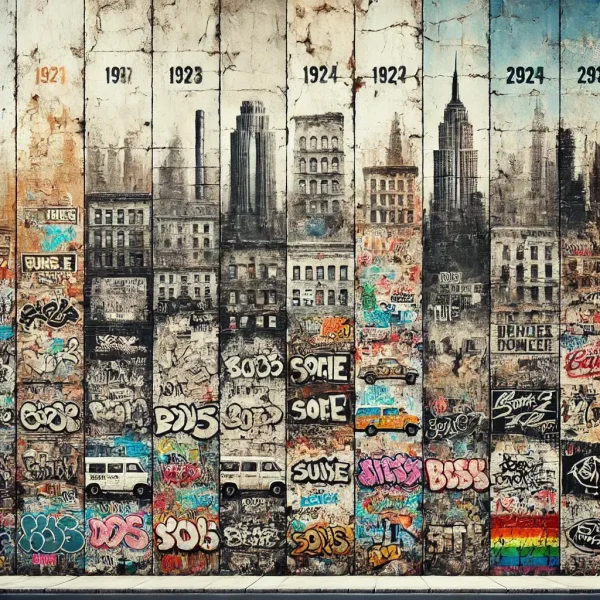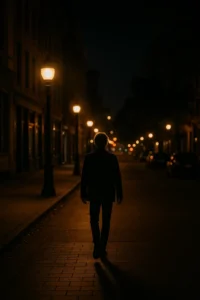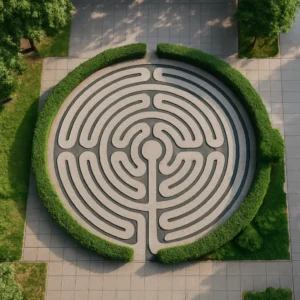Graffiti is often seen as a form of rebellion or spontaneous expression, but it also serves as an unofficial historical record. In many cities around the world, walls layered with paint, tags, stencils, and murals offer glimpses into the political, social, and cultural moments that have shaped the urban landscape. Each spray of color, every faded slogan, and each symbol etched into concrete reveals something about the people who lived there — and the times they lived in.
Graffiti reflects a city’s voice at street level. Long before it was accepted as an art form, graffiti was used by marginalized groups to claim space, share opinions, and resist oppression. In neighborhoods that lacked official representation, graffiti became a tool for visibility. It was a way for communities to say, “We are here, and we matter.”
In New York City during the 1970s and 80s, graffiti exploded across subway cars and city walls, telling the story of a city struggling with poverty, racial tension, and a generation demanding to be seen. The tags, wildstyle lettering, and murals weren’t just about art — they were declarations of existence, statements of pride, and sometimes cries for help.
Political graffiti has also played a major role in telling a city’s history. In Berlin, the remnants of graffiti on the Berlin Wall still speak to the Cold War, division, and protest. On the western side of the Wall, artists and activists expressed frustration, dreams, and resistance through powerful imagery and words. Decades later, these messages are preserved in museums and photo archives, standing as testimony to a divided city’s fight for freedom.
In Buenos Aires, stencil graffiti became a form of protest during Argentina’s Dirty War. Citizens used walls to demand answers about the disappeared — people who vanished under the military dictatorship. The graffiti of this era reveals both pain and resilience, turning public space into a canvas for collective memory.
Graffiti also documents cultural shifts. In cities like São Paulo, Lisbon, and Athens, evolving styles of graffiti mirror social changes. Bright, colorful murals may celebrate local heroes, indigenous roots, or community victories. Tags and street poems can mark the rise of new generations, musical movements, or political ideologies. When viewed over time, the transformation of graffiti in one neighborhood tells a story as vivid as any textbook.
Even when graffiti is removed or painted over, traces remain — ghost outlines, faint layers, or photos posted online. These remnants serve as clues to what once occupied the wall, just like ruins or faded posters. Urban archaeologists and street art photographers often study these patterns to understand the evolution of a city’s identity.
But graffiti doesn’t only capture conflict or activism. It also reflects humor, love, loss, and creativity. It tells personal stories: names of lovers, dedications to friends, drawings by local children. These small acts, often overlooked, contribute to the emotional fabric of a city’s past.
Today, many cities have embraced graffiti and street art as part of their cultural heritage. Once criminalized, it’s now celebrated in festivals, art tours, and public programs. Yet, its roots as a voice for the unheard continue to resonate. Graffiti remains a way to challenge power, commemorate events, and remember people who might otherwise be forgotten.
To explore a city’s graffiti is to read between the official lines of history. It’s to listen to the street-level stories told in layers of paint and spray. It reminds us that even in silence, walls can speak — and they often have more to say than we realize.







